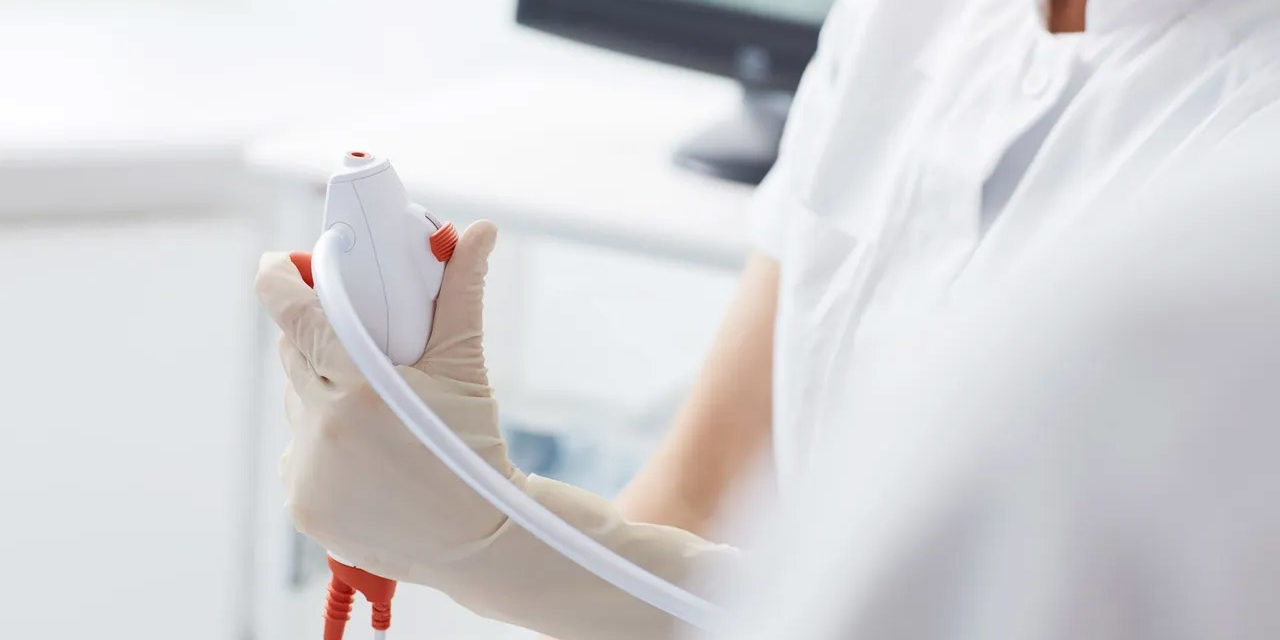As the COVID-19 outbreak has spread in the past 2 years, the global healthcare providers have been experiencing severe operational and clinical challenges, including routine appointment and surgery cancellations, cross infections between patients and caregivers, and hospital staff shortage. This had a great impact on the utilization and procurement of diagnostic devices and surgical instruments.
Prior to the pandemic, many diagnostic devices and surgical instruments already had usage limits, for the purpose of reducing infections from non-compliant over-use of devices. In addition, the Food and Drug Administration (FDA) had proposed guidelines on the use of single-use medical devices. Furthermore, COVID-19 has increased the risk of infections, particularly during the diagnosis of the respiratory system and the GI tract). In conjunction with the sharp decrease in staff carrying out disinfection, the incentive to switch to single-use devices is even stronger.
Moreover, the costs of many optic and electronic components have been consistently decreasing in the past 20 years due to the rapid growth of consumer electronics. Due to high demand and economies of scale, the costs of producing single-use medical devices are much lower now. In particular, we will see significant industry change in the endoscope space. Also, CMOS sensors now have lower unit cost, higher performance, and much smaller size, which suggests that they will likely replace the traditional CCD sensors to be the key component in the single-use endoscope market.
The pandemic has also pushed the growth of digital health solutions, for example online medical appointments and at-home diagnostic kits. Typically consumers would prefer lower price points, demand less sophisticated product features, and want to avoid risks of potential infections. Therefore, many medical devices now shift to single-use devices, including non-invasive diagnostics e.g. at-home COVID-19 test kits, continuous vital sign monitoring devices e.g. continuous blood sugar monitoring, and non-invasive wearable devices e.g. respiratory monitoring, heart rate detection, and sleep diagnostic testing.
Although many in the academia and industry had expressed concerns that the large consumption of single-use devices may have potential environmental impact, there are already medical consumables recycling and reuse services on the market. In addition, detachable or modular product designs may effectively eliminate some of the environmental concerns. Also, as the consumption of single-use devices e.g. single-use endoscopes increases, it will be attractive to device recyclers and re-processors to go into this market.
Safety, ease of use, reliability, low prices, and low maintenance fees will be the overarching features of single-use medical devices. Together with the global aging population and growth of the medical industry and insurance payments, it is inevitable that many diagnostics and surgical instruments will move towards single-use in the future. HKBio has spent a significant amount of time and effort in medical innovation and product designs, and HKBio already has ongoing projects on single-use medical device products. We will share more information on the front in the near future.
HKBio is a medical device CDMO with a VC mindset. For more information, please contact [email protected]





